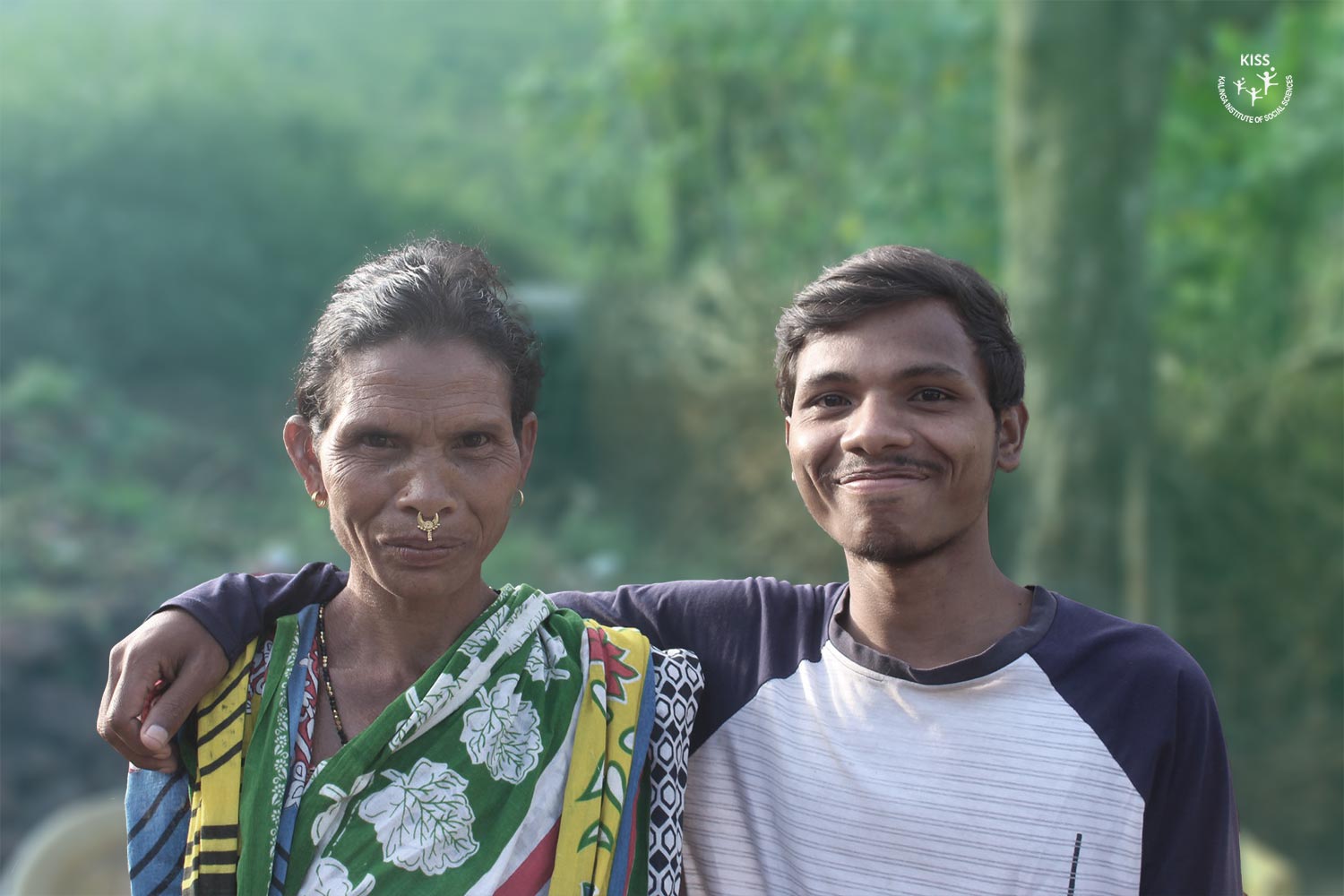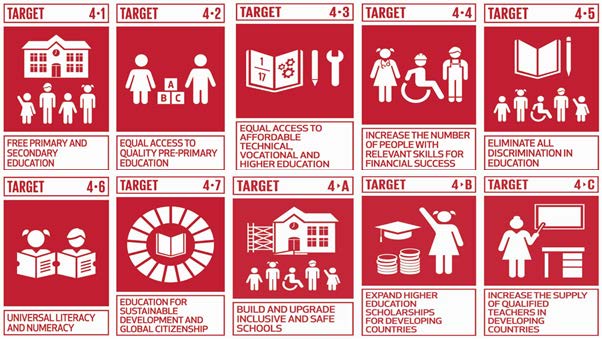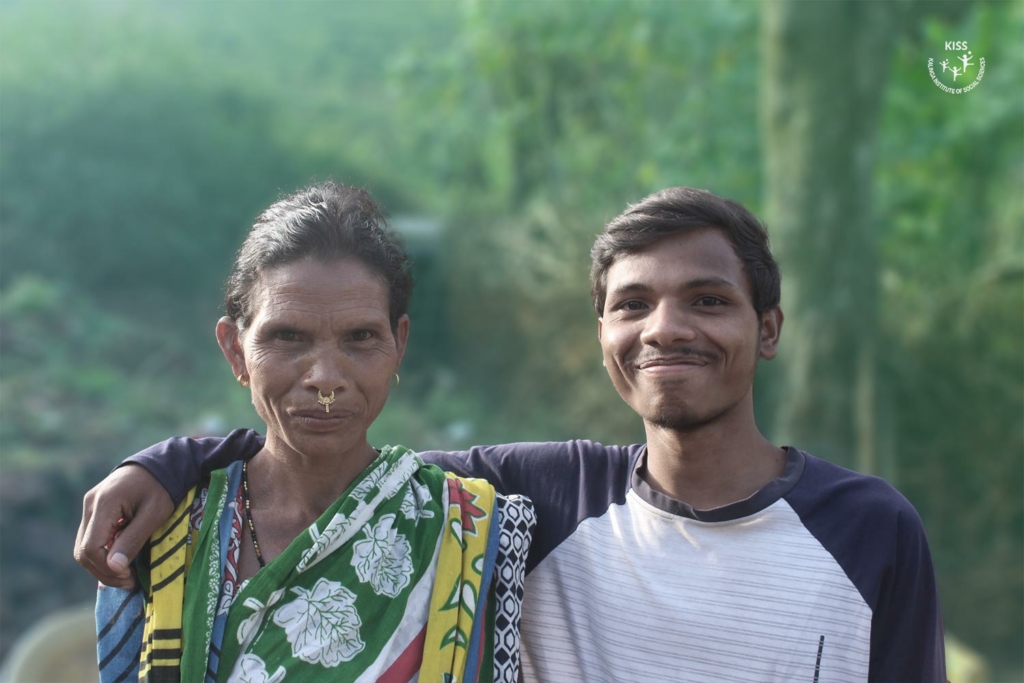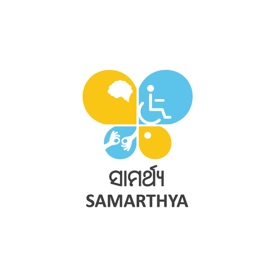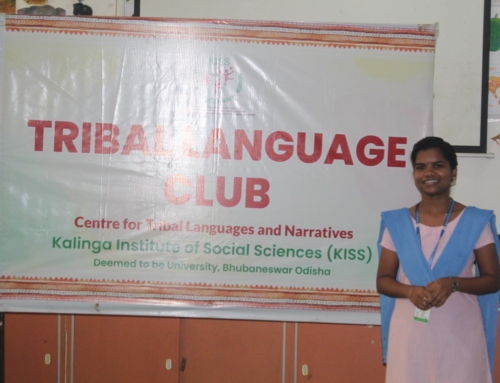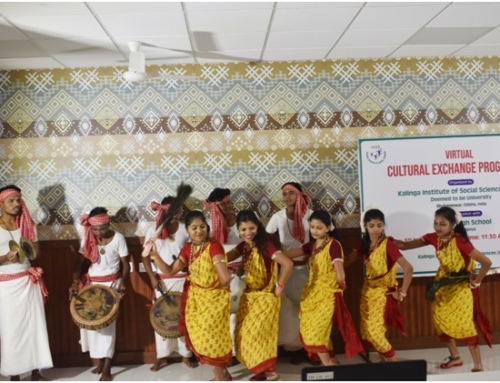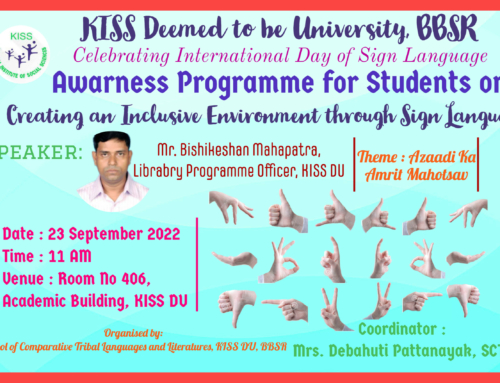As governments across the globe work towards adapting education systems to the new normal following prolonged school closures in response to the Covid-19 pandemic, there is much we must collectively learn from UNESCO’s Global Education Monitoring report released towards the end of 2020. The report focuses on Inclusion and Education, with the tagline “All means all”, and it assesses progress towards SDG 4 on Education and its ten targets. It addresses inclusion in education, drawing attention to those excluded from it, due to background or ability. Particularly in light of the global disruptions to education, this report reminds us that, no matter what is said to the contrary, we must absolutely ensure that every child has a right to an appropriate high-quality education.
This report comes at a very crucial junction; we now have only a decade left to achieve the United Nations (UN) Sustainable Development Goals (SDGs), including inclusive and equitable quality education (SDG4). We are also merely two years away from the next Global Disability Summit, where world leaders will meet to review global progress towards the UN’s Convention on the Rights of Persons with Disabilities (CRPD). Both of these internationally ratified frameworks are visionary blueprints to build more equitable societies that are centred around quality, inclusive education. They call for diversity to be celebrated and for inclusion to be embedded in every education system, but there is clearly still a long way to go before this becomes a global reality.
As it stands now, poverty, disability, gender, migrations status and language barriers are some of the major factors that drive exclusion from education, and the unending Covid-19 pandemic has only served to further entrench existing inequalities. According to the GEM report, nearly 40% of the world’s poorest countries failed to support at-risk learners during the Covid-19 crisis. Now, more than ever, there is a need for collective action for us to undo the damage done to educational systems, particularly during this tumultuous past year. We must build back systems that are more resilient and inclusive, that recognize the intersectional barriers to education and that prioritise efforts to address them through better global development budgets – this is only possible if we work together as a global community focused on making these commitments a reality.
One of the challenges lies in defining what is meant by the catch-phrase ‘inclusion’, a point that is explored in detail in the GEM Report. The report reveals that only 10% of countries have laws that ensure full inclusion in education while 25% have laws requiring children with disabilities to be educated in separate settings. In some countries, these laws coexist, resulting in disparities in the understanding of what inclusive education entails. No one learner is alike and all children have multiple intersecting identities. Yet, no learner should be excluded from education on the basis of their age, gender, disability, ethnicity, financial status, indigeneity, language, religion, migration or displacement status, sexual orientation, gender identity expression, or location.
As an educational institute built on the power of our indigenous community, we at KISS have prioritised a collective approach in which we involve parents, alumni, community members and children, alongside our support staff and teachers in the education system – together, we work to safeguard the needs of all our children, for it is only through collective action that we can take steps towards addressing the discriminations that youth face in getting the education they need.
We are keen to build better education systems that are inclusive and accessible to all, and in addition to making changes within our own organisation, we have also prioritised community engagement and development, so that we rise with those around us. One of the steps we’ve taken towards this goal of inclusion and resilience was the launch of Project Samarthya towards the end of 2020.
Project Samarthya is a collaborative project with United Nations Population Fund (UNFPA), that will work towards imparting Life Skills Education for Adolescents with Disabilities in Special Schools of Odisha, in close collaboration with the Department of Social Security and Empowerment of Persons with Disability (SSEPD), Govt. of Odisha. The project aims to address the vulnerabilities of adolescents with disabilities in the context of sexual reproductive health and violence by enhancing their knowledge and skills. The adolescents with disabilities have a visual impairment, speech impairment, hearing impairment, physical disability and some intellectual disabilities such as autism and cerebral palsy.
Studies have shown that children and adolescents with disabilities feel socially isolated and lack confidence. They are also almost four times more likely to experience violence than children without disabilities, and nearly three times more likely to be subjected to sexual violence. They are at increased risk of bullying and emotional harassment which can have long-term consequences for their social development and mental health. Further, adolescents with disabilities have access to low levels of sexual and reproductive health knowledge, as a result of which they are exploited.
Through Samarthya, we hope to reach out to these adolescents as well as their caregivers with appropriate information related to health including sexual and reproductive, wellbeing, safety and rights of adolescents with disabilities, to enable them to lead healthy, safe and productive lives, free from all forms of violence and abuse. With implementation aid from the State Government’s SSEPD department, this ambitious project will be implemented in each of the 157 special schools across the state, in which around 8,500 children with disabilities such as visual, speech and hearing and intellectual disabilities are enrolled.
Considering that the pandemic brought many global inclusive education programmes to a standstill, we are careful to ensure that we do not lose momentum in the race towards achieving SDG4 by the end of this decade. Rather than looking at the pandemic as a roadblock, let us look at it as an opportunity to re-evaluate our systems and build back stronger, better inclusive systems. Now more than ever, it is imperative for governments, policy makers, educationists, families, NGOs and people of intersectional and diverse backgrounds, genders, identities and abilities to work together and drive progress for a shared vision of inclusive education.
We must work together to ensure that no one is left behind.
- Read about our mission at KISS.
- Learn about our Covid-19 response:
- Here’s an external resource if you want to learn more about inclusive education and disability:
Still Left Behind: Pathways to Inclusive Education for Girls with Disabilities (by UN Girls’ Education Initiative)

